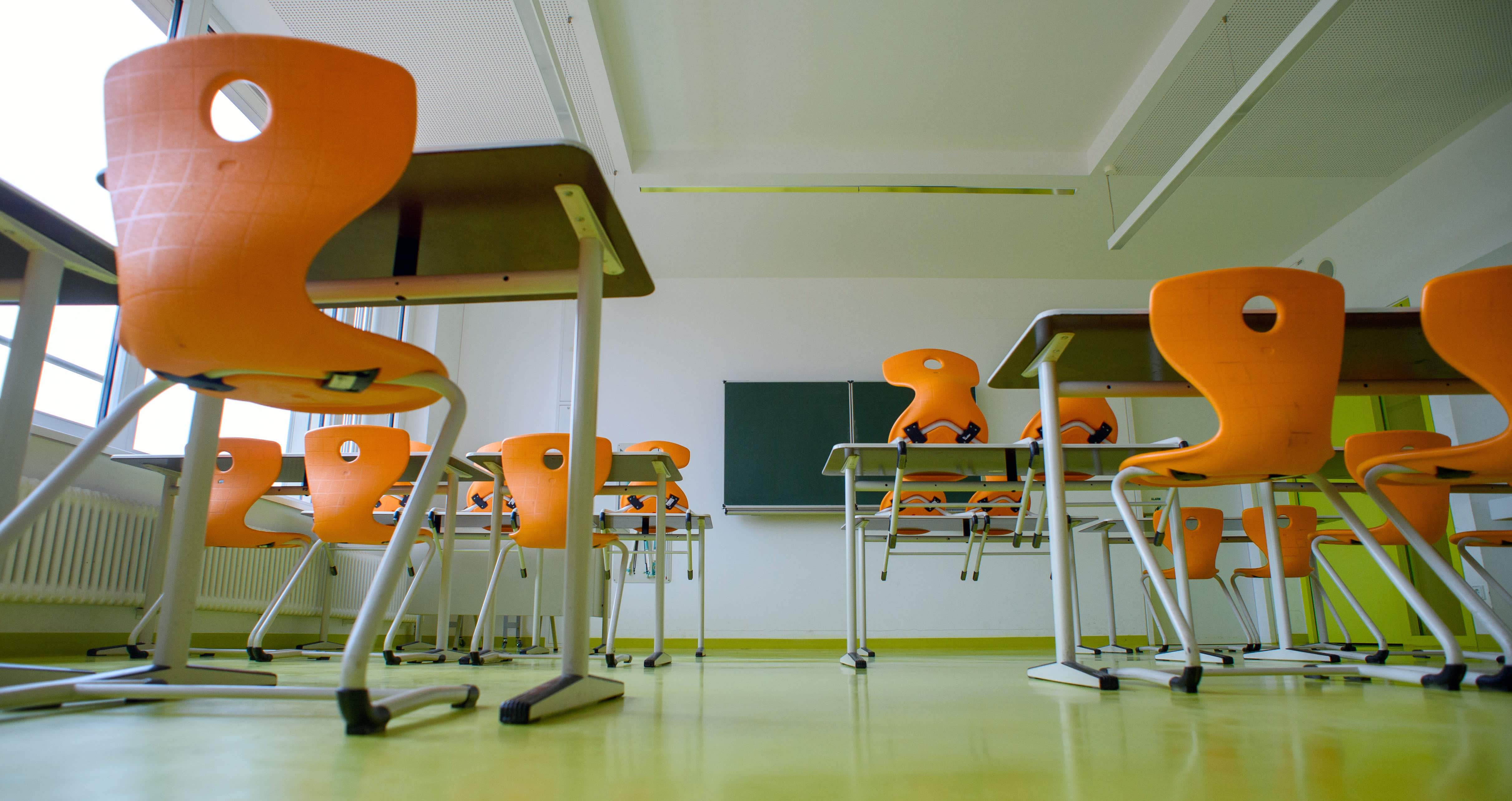Biden rolls out his plan to reopen schools

Even as cases of coronavirus rise, restoring in-person education remains a top priority for the new administration.
On his first full day in office, President Joe Biden released a plan to reopen schools, which includes ramping up testing, accelerating the pace of vaccinations and providing more funding for educational institutions.
Under Biden’s plan, schools could tap disaster relief funds from the Federal Emergency Management Agency, or FEMA, for Covid-19-related expenses, such as personal protective equipment, sanitation, improved ventilation, reconfigured classrooms and upgraded technology.
More from Personal Finance:
Biden extends payment pause for student loan borrowers
Teachers are next in line for the Covid vaccine
In-person learning is a luxury months into the pandemic
The president also called on Congress to provide at least $130 billion in dedicated funding to schools and $350 billion in state and local relief funds to help school districts close budget gaps and provide additional resources for reopening. There is no timeline for Congress to take up this request.
Another $35 billion in emergency funds would go toward keeping colleges open.
Getting educators vaccinated is also key. The Centers for Disease Control and Prevention have prioritized teachers and school staff as “essential workers,” making them next in line to get the vaccine.
However, with limited supplies, the initial distribution proved more complicated and chaotic in many areas across the country.
Biden said he will seek to accelerate the rollout of Covid vaccines by providing more funding to local and state officials, creating more vaccination sites and launching a national public education campaign.
“Schools districts across America are anxious to get our kids back to school,” said Daniel Domenech, executive director of the School Superintendents Association.
“It’s going to provide a lot of the resources that are necessary to do it and do it well,” he said of Biden’s plan.
Schools districts across America are anxious to get our kids back to school.
Daniel Domenech
executive director of the School Superintendents Association
New research shows distance learning has caused a significant setback in educational achievement, particularly among Black and Hispanic students, as well as students with disabilities.
As long as schools remain remote, the potential loss could be substantial, especially in mathematics — with students likely to lose five to nine months, on average, of learning by the end of this school year, according to a recent study by McKinsey & Company.
Distance learning has also put outsized pressure on teachers and parents trying to balance work, childcare and remote school.




